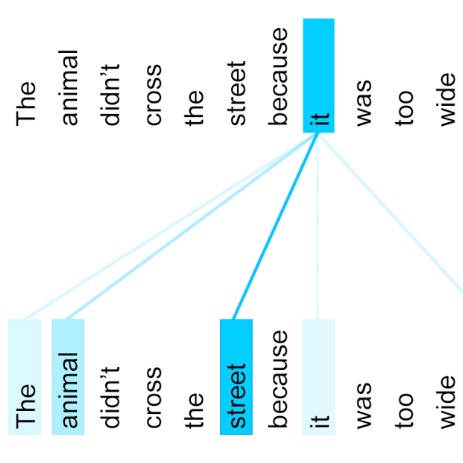Gait recognition refers to the identification of individuals based on features acquired from their body movement during walking. Despite the recent advances in gait recognition with deep learning, variations in data acquisition and appearance, namely camera angles, subject pose, occlusions, and clothing, are challenging factors that need to be considered for achieving accurate gait recognition systems. In this paper, we propose a network that first learns to extract gait convolutional energy maps (GCEM) from frame-level convolutional features. It then adopts a bidirectional recurrent neural network to learn from split bins of the GCEM, thus exploiting the relations between learned partial spatiotemporal representations. We then use an attention mechanism to selectively focus on important recurrently learned partial representations as identity information in different scenarios may lie in different GCEM bins. Our proposed model has been extensively tested on two large-scale CASIA-B and OU-MVLP gait datasets using four different test protocols and has been compared to a number of state-of-the-art and baseline solutions. Additionally, a comprehensive experiment has been performed to study the robustness of our model in the presence of six different synthesized occlusions. The experimental results show the superiority of our proposed method, outperforming the state-of-the-art, especially in scenarios where different clothing and carrying conditions are encountered. The results also revealed that our model is more robust against different occlusions as compared to the state-of-the-art methods.
翻译:承认Gait是指根据行走期间身体运动的特征确定个人的身份。尽管最近通过深层学习在行为认知方面取得了进展,但数据获取和外观(即摄像角度、主题构成、隔离和衣着)方面的差异,是为实现准确的动作识别系统而需要考虑的具有挑战性的因素。在本文件中,我们提议建立一个网络,首先学习从框架级变动特征中提取卷动能量图(GCEM),然后采用双向经常性神经网络,从GCEM的拆散中学习,从而利用所学到的局部表面表象之间的关系。我们随后利用一个关注机制,有选择地侧重于重要的经常性部分表述,因为不同情景中的身份信息可能存在于不同的GCEM文件夹中。我们提议的模型已经在两个大型的CASIA-B和OU-MVLP网格数据集中进行了广泛测试,使用了四个不同的测试模型模型模型,并比较了一些最新和基线解决方案。此外,还进行了一项全面实验,以研究我们模型的稳健性特征,在六种不同的模型中展示了我们所展示的高级性模型的特征。




